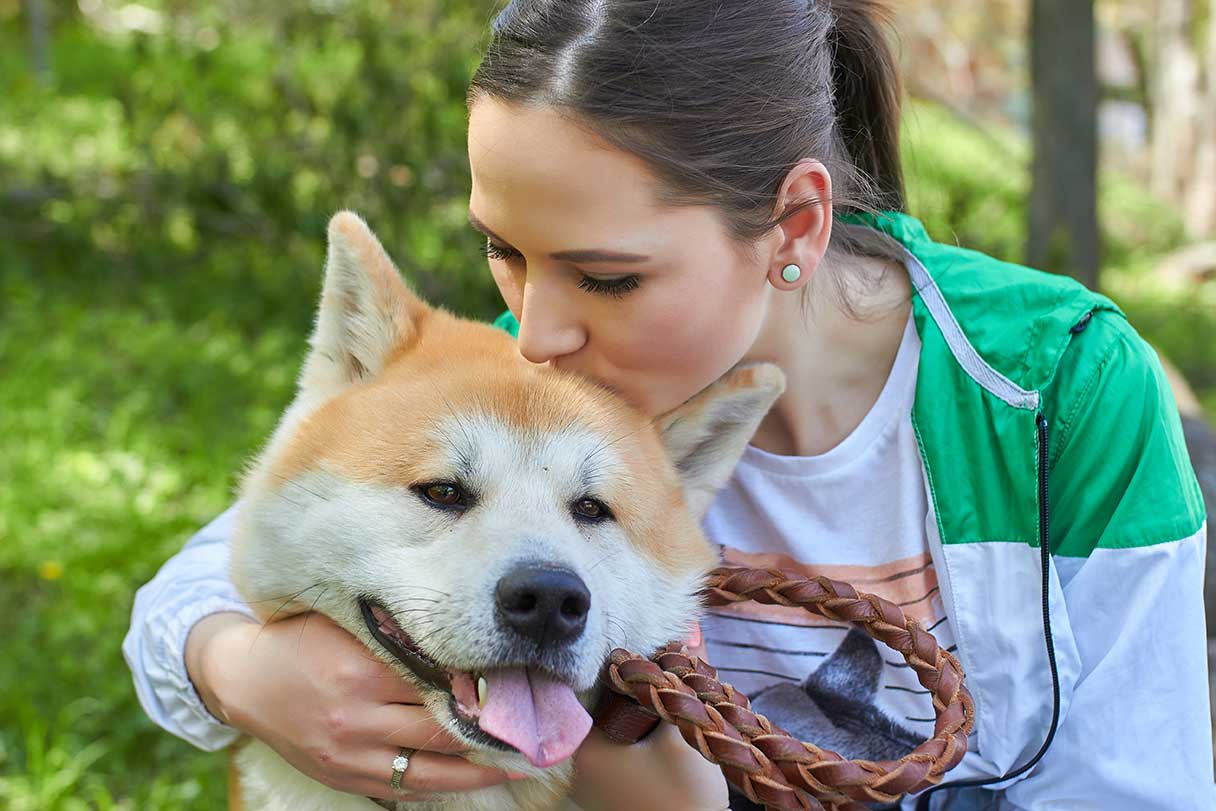When Sarah first noticed a pink mass on Max's gums, she was worried. She was afraid the mass might be cancerous, but her veterinarian told her that the mass was an epulis, and Max would need surgery to remove it. Let's take an in-depth look into what an epulis is and how Sarah — and other dog owners — can help their dogs if they're faced with one.
What Is Epulis in Dogs?
An epulis technically refers to any mass arising from the gingival (gum) tissue in an animal's mouth, though some veterinarians use this term to refer only to benign masses. Epulides are commonly associated with a tooth and may be located adjacent to or surrounding the tooth. Epulides may be seen in dogs of any age or breed, but they are more common in older dogs.
Types of Epulides in Dogs
There are two main types of epulis in dogs:
1. Peripheral odontogenic fibroma
This is the most common oral mass found in dogs. Previously called fibromatous epulis or ossifying epulis, this type of tumor is typically smooth, pink and located adjacent to a tooth. They are typically solitary and slow-growing but can become invasive if left untreated.
2. Acanthomatous ameloblastoma
Also known as acanthomatous epulis, this type of tumor is very locally aggressive and can invade the surrounding bone. The tumor may have a rough, irregular or ulcerated appearance. They do not spread to distant sites in the body (metastasize) but they can be pre-cancerous.
Other Types of Growths in Dogs' Mouths
In addition to peripheral odontogenic fibroma and acanthomatous ameloblastoma, there are other types of tumors that can develop in a dog's mouth. In dogs, the three most common malignant tumors that occur in the mouth are:
Malignant melanoma
Malignant melanoma tumors are invasive and often spread to the lungs and regional lymph nodes. The prognosis for this type of tumor is guarded to poor.
Squamous cell carcinoma (SCC)
Squamous cell carcinoma tumors are locally invasive but have a low rate of metastasis. In dogs, SCC that is not located in the tonsils has a good prognosis as long as it is completely removed surgically.
Fibrosarcoma
Fibrosarcoma tumors sometimes metastasize to the lungs and regional lymph nodes. In one study, fibrosarcoma had the highest recurrence rate of all oral tumor types.1
Symptoms of Epulis in Dogs
Most pet owners first notice epulis as a raised, red mass on their dog's gums. Some dogs may exhibit no other symptoms. In some cases, other symptoms of epulis may include:
- Hypersalivation
- Halitosis (bad breath)
- Bleeding from the mouth
- Facial swelling or deformity
- Difficulty chewing on the affected side
- Reluctance to eat
- Weight loss
- Pawing at the face
- Lethargy
If you notice symptoms of epulis in your dog, see your veterinarian for an examination right away.
Causes of Epulis in Dogs
Like most tumors, we don't know exactly what causes epulis in dogs. It is likely that a combination of genetics and environmental factors is at play. Certain breeds, such as the Golden Retriever, the Shetland Sheepdog, the American Cocker Spaniel and the Akita may be predisposed to develop epulis.
Diagnosing Epulis in Dogs
When an oral mass is first discovered, the first step is a thorough physical examination of the oral cavity. To achieve this, your veterinarian may recommend performing the examination under sedation or anesthesia. This allows your pet's whole mouth to be thoroughly examined and allows your vet to take samples of the oral mass if needed for further diagnosis.
Samples of the mass may be taken for cytology or histopathology. Cytology is performed by taking a fine needle aspirate of the mass or by obtaining an impression smear of the mass. The collected cells are then examined under a microscope to determine the tumor type. Histopathology is performed by obtaining a biopsy sample of the mass and examining thin slices of tissue under a microscope. These samples are examined in a laboratory by a clinical pathologist to determine the type of tumor present.
Dental radiographs (x-rays) may also be recommended to evaluate the invasiveness of the tumor and its effect on the underlying bone. Radiographs allow your veterinarian to visualize the full extent of the tumor and plan the surgery to remove it. In some cases, advanced imaging such as computed tomography (CT) may also be used to visualize the full extent of the tumor.
Treating Epulis in Dogs
Unfortunately, epulis does not go away on its own. If left untreated, an epulis will continue to grow and invade the surrounding tissue, causing pain. Surgical removal of the epulis is recommended. In some cases, extraction of the associated tooth is also recommended. Some epulides may recur if they are incompletely removed, so a small margin of normal tissue is removed with the epulis to ensure that all abnormal tissue is adequately excised.
The cost of surgery to remove an epulis varies depending on the size of the epulis, its location, and the invasiveness of the epulis into the surrounding tissue. Pet owners should expect to spend at least $1,500 on epulis removal surgery, with the cost increasing the more complicated the surgery.
Epulis Prevention
Because we don't know exactly what causes epulis in dogs, there's no way to prevent it. However, good home dental care is always a good idea to help keep your dog's mouth healthy. Brushing your dog's teeth daily is the best way to keep your dog's teeth and gums in good health and to keep plaque-causing bacteria at bay. Regular check-ups with your veterinarian are also important to spot potential problems like epulis early, so they can be addressed before they turn into major issues.
CareCredit Financing for Epulis Treatments
Your dog is your best friend, and you want to make sure they get the very best. That's why the CareCredit credit card is here to help you manage the costs of diagnostics and treatment for conditions like epulis.* Apply today and use our Acceptance Locator to find a veterinarian near you that accepts CareCredit. CareCredit is there for you and your pet every step of the way; continue your wellness journey by downloading the CareCredit Mobile App to manage your account, find a provider on the go, and easily access the Well U hub for more great articles, podcasts, and videos
Author Bio
Dr. Elizabeth Racine is a small animal general practice veterinarian and freelance writer. She covers both human and veterinary medicine with a special interest in nutrition, internal medicine, and veterinary behavior.








